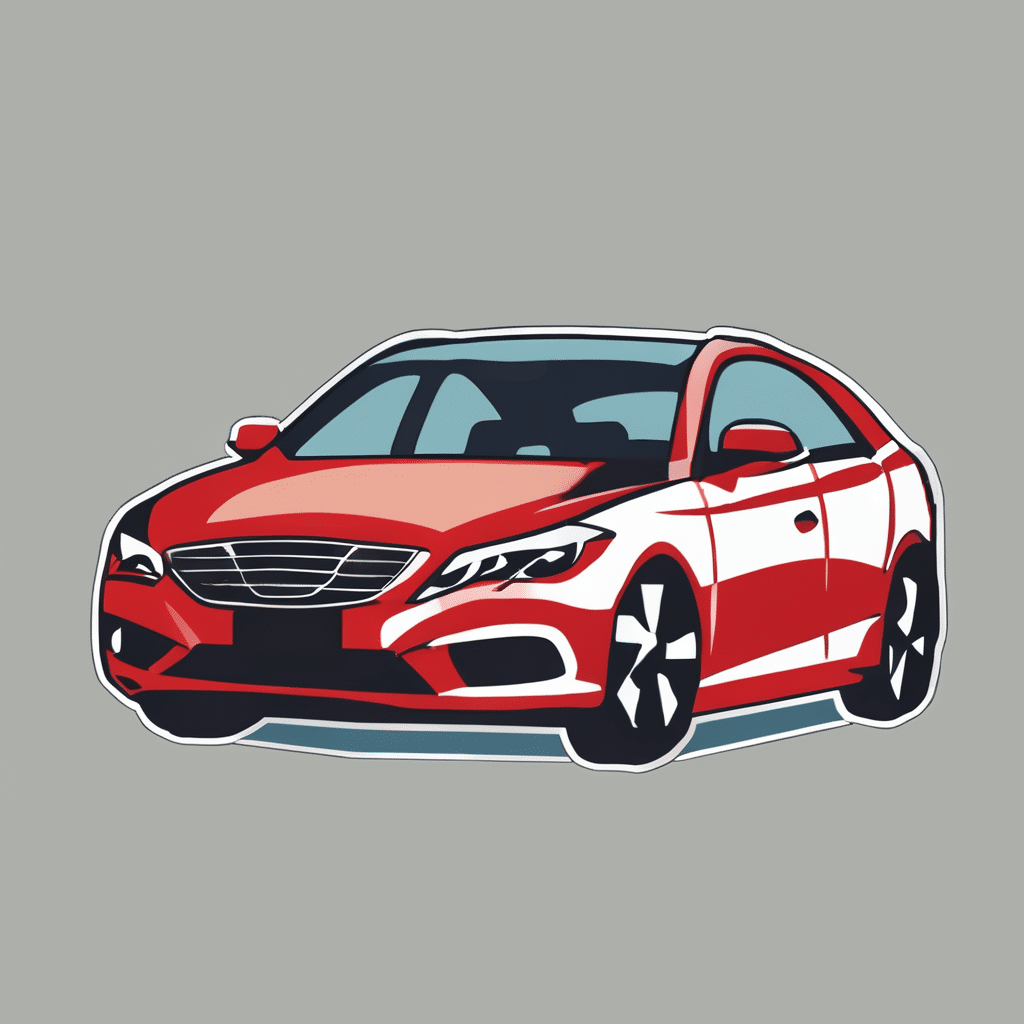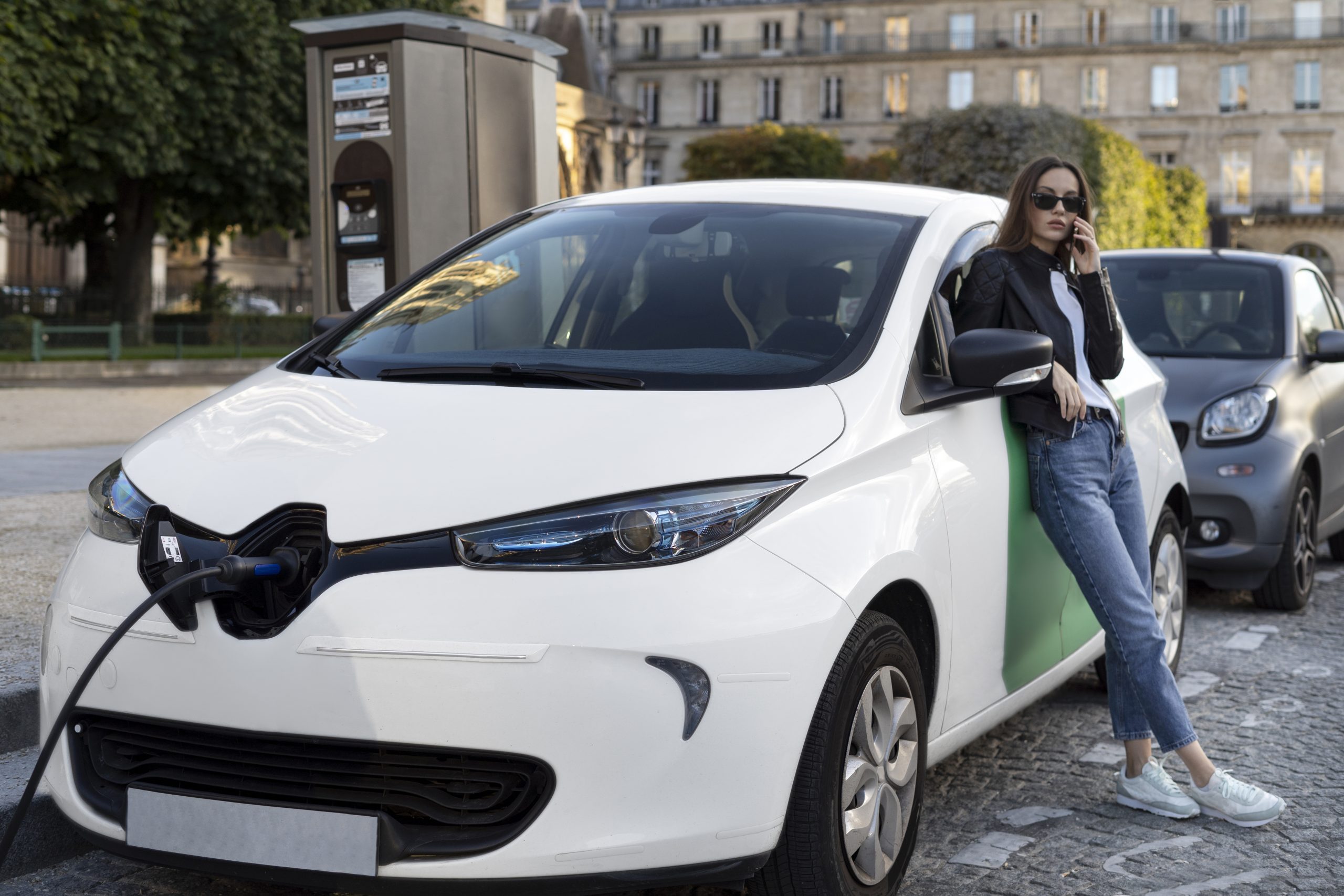Overview of Aerodynamic Innovations in British Electric Vehicles
The aerodynamic improvements in electric vehicles (EVs) have become pivotal in enhancing their fuel efficiency and range. Key aerodynamic principles such as reducing drag—primarily through streamlined shapes and smooth surfaces—play a significant role in vehicle design. By minimizing air resistance, EVs require less energy to maintain speed, substantially boosting their efficiency.
The importance of aerodynamics is magnified in the context of electric vehicles. Unlike traditional vehicles, where engine efficiency plays a major role, EVs rely heavily on aerodynamics to extend battery life. This not only caters to fuel efficiency but also directly impacts the overall driving experience and cost-effectiveness of the vehicle.
Also to discover : Enhance Your Fuel Efficiency: Best Aerodynamic Tips for UK Motorway Driving
In the British market, there has been noteworthy progress in aerodynamic innovations. Manufacturers are actively incorporating advanced designs and materials to improve vehicle efficiency. This includes the integration of technologies such as active grille shutters and air curtains that significantly reduce drag. The advancements in this sphere are not only promising for environmental sustainability but also highlight the UK’s commitment to leading in innovative EV technology. With these leaps forward, the British electric vehicle industry continues to set benchmarks for energy-efficient automotive design.
Key Aerodynamic Technologies
Incorporating advanced aerodynamics is pivotal for enhancing vehicle technology and achieving significant performance enhancements in British electric vehicles. These innovations address the growing need for efficiency and environmental sustainability.
Also to discover : Masterful Engine Bay Detailing: Your Go-To Guide for Impressive Show-Ready Cars in the UK
Active Grilles and Air Curtains
Active grille shutters automatically adjust to control air flowing through the vehicle’s radiator. By closing when cooling is unnecessary, they reduce aerodynamic drag, thereby improving overall aerodynamic efficiency and conserving energy. Air curtains complement this by channeling airflow around the vehicle’s sides, significantly lowering the drag coefficient. Studies on models implementing these technologies highlight marked improvements in fuel efficiency.
Smooth Underbody Designs
A meticulously streamlined underbody reduces turbulence beneath the vehicle, akin to the enhancements seen in high-performance race cars. This design contrasts with traditional vehicle structures, where underbody intricacies often disrupt airflow, increasing drag. British manufacturers are at the forefront, showcasing innovations like flat panels that streamline air movement, bolstering performance and economy.
Rear Spoilers and Diffusers
Rear spoilers and diffusers play critical roles in achieving optimal downforce and stability. Through aerodynamic principles, they enhance a vehicle’s grip on the road, improving both handling and efficiency. Their adoption by British electric vehicle producers demonstrates a commitment to refining aerodynamics in current and future models.
Case Studies of British Electric Vehicles
The British electric vehicle market is making strides with aerodynamic improvements that enhance fuel efficiency and range. These case studies provide insights into the success stories of such technological adaptations.
One prominent example is the Bentley EV series, which employs advanced aerodynamics to boost its performance metrics significantly. Features such as active grille shutters and an entirely streamlined underbody have shown substantial improvements in aerodynamic efficiency. In testing, these vehicles demonstrated increased ranges by about 15% compared to previous models, underscoring the potential of intelligent design choices in electric vehicles.
Another notable case is the Jaguar I-PACE, which integrates sloped rear diffusers and precise airflow channels that enhance stability and reduce drag. Consumer feedback highlights improved drive quality and battery performance, with users particularly appreciating the extended range on long journeys. Independent industry experts have also endorsed these models for their innovation and efficiency.
These case studies demonstrate not only how British electric vehicles can compete globally with their aerodynamic advancements, but also the potential for growth in this sector. Such vehicles exemplify how aerodynamic enhancements are key in setting new standards for performance and sustainability in the EV industry.
Expert Opinions on Aerodynamics and Efficiency
Highlighted by industry expertise, experts continue to shape the understanding of aerodynamic research and its impact on EV performance. In-depth interviews with automotive engineers reveal insights into the critical design challenges and innovative solutions within the UK automotive sector. Engineers note that streamlining body shapes and integrating cutting-edge technologies are paramount to enhancing EV performance. They also predict that future aerodynamic designs will focus on intelligent material use and adaptive features, balancing efficiency with consumer needs.
Additionally, academic perspectives provide valuable contributions to the field. University research programs across the UK are delving into the aerodynamic aspects of electric vehicles. These studies focus on understanding airflow dynamics and advancing materials that minimize drag. Academics emphasize the role of computational simulations to model aerodynamic behavior, influencing future EV designs. Key findings from this research hold the potential to significantly optimize vehicle efficiency and range.
Collectively, the synergy between industry expertise and academic research propels continuous advancements in EV aerodynamics. The collaboration is essential to meet future demands for sustainable, efficient electric vehicles, providing the foundation for innovations transforming the automotive landscape.
Practical Tips for Consumers
Navigating the intricacies of electric vehicle maintenance can be overwhelming, especially when aiming to optimise aerodynamic efficiency. Here are concise steps to ensure your electric vehicle remains as efficient as possible:
- Aerodynamic Vehicle Selection: Prioritise models with advanced aerodynamic designs. Opt for vehicles featuring active grille shutters, smooth underbodies, and streamlined shapes. These enhancements substantially improve fuel efficiency by reducing drag.
- Regular Maintenance Checks: Routine inspections are vital for maintaining the aerodynamics of your vehicle. Ensure all aerodynamic elements such as grille shutters and diffusers are functioning correctly. Over time, wear and tear can diminish their efficacy, affecting overall performance.
- Enhancing Aerodynamics: Consider aftermarket modifications that can maintain or even boost aerodynamic improvements. Installing components like low-rolling-resistance tyres and using high-quality covers can help maintain efficiency and range.
- Consult Automotive Experts: Engage with professionals or experienced community forums. They can offer insights on sustaining optimal vehicle technology and performance, tailored to your specific model and driving habits.
Remember, aerodynamics is not just about initial design; it’s a continuous commitment to vehicle care for efficient, sustainable, and cost-effective driving.
Comparison with Traditional Vehicles
The rise of electric vehicles (EVs) is rapidly redefining the landscape of vehicle efficiency. Central to this transition is the aerodynamic improvements that set EVs apart from traditional internal combustion engine (ICE) vehicles. A direct comparison reveals substantial distinctions in fuel efficiency and overall performance metrics.
Aerodynamic Differences
EVs leverage substantially more streamlined designs, eschewing bulky engine components for smoother shapes that significantly reduce drag. In contrast, traditional vehicles often feature less integrated aerodynamics due to engine cooling requirements, resulting in higher coefficients of drag. This leads to increased fuel consumption for ICE vehicles, whereas the optimized aerodynamics of EVs contribute to significantly improved efficiency and range.
Market Trends and Consumer Preferences
Consumers are increasingly valuing the fuel efficiency advantages of electric vehicles, with market trends showcasing a shift towards adopting more sustainable transport options. Recent automotive research highlights that EV sales are climbing, driven by enhanced aerodynamic performance and consumer awareness of environmental benefits. This trend suggests a promising outlook for EV technologies as future innovations continue to improve sustainability and performance, reshaping traditional consumer choices.
As aerodynamic enhancements become more pronounced, they are set to play a crucial role in the competition between EVs and traditional vehicles, influencing both market dynamics and consumer preferences.
Future Trends in Aerodynamics and Electric Vehicles
The evolution of electric vehicles (EVs) is heavily influenced by emerging aerodynamic innovations. As automotive trends advance, the focus is on developing technologies that further enhance efficiency and sustainability. In the coming years, one of the most significant shifts will be towards adaptive aerodynamics, where components adjust in real-time based on driving conditions to minimize drag and optimize performance. This technology aims to blend performance with practical application, ensuring vehicles maintain high-efficiency levels in diverse environments.
Furthermore, the automotive industry is prioritising the use of sustainable materials in vehicle design. Lightweight composites, which contribute to improved aerodynamics and reduced energy consumption, are becoming more prevalent. Such advancements underscore the commitment to environmental responsibility while pushing the boundaries of vehicle technology.
Predictions for the next decade suggest a surge in research and investment dedicated to refining aerodynamic properties in EVs. As aerodynamics plays a crucial role in determining fuel efficiency and vehicle range, manufacturers are expected to explore novel solutions, including advanced simulation tools, to perfect designs. These efforts aim to meet both consumer demands for efficiency and the global push towards sustainability, marking a transformative era for electric vehicles.

